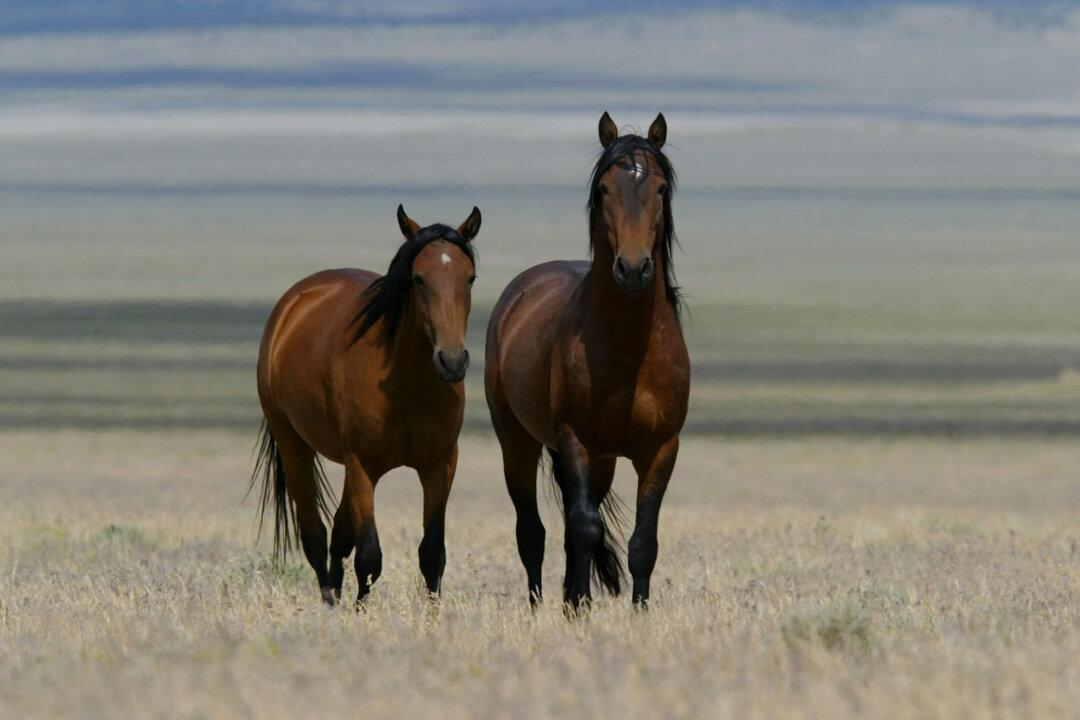Animal welfare groups say they are “appalled” by a bipartisan resolution introduced by Wyoming lawmakers that requests Congress to make the slaughter of wild horses and burros legal in the United States.
The meat would be available for sale in the United States and foreign markets.





